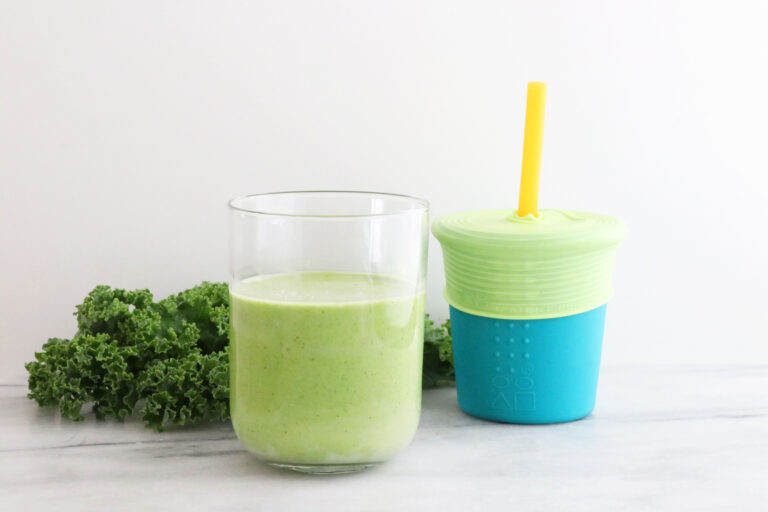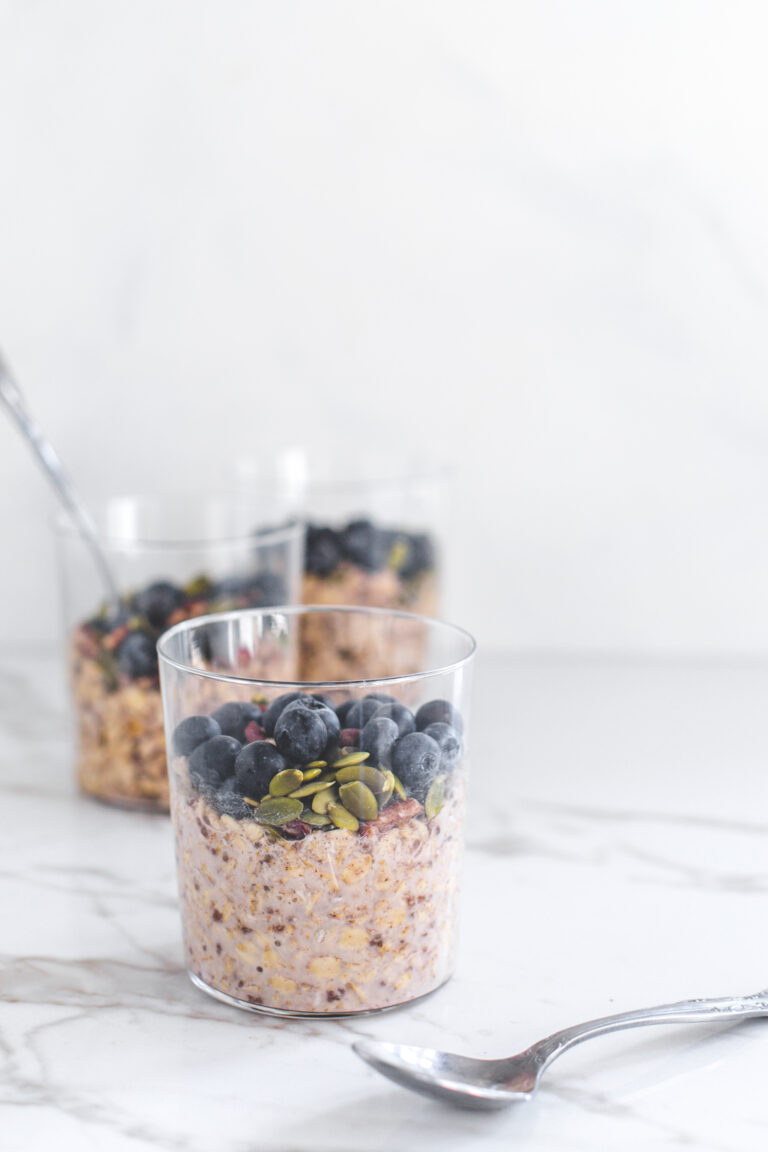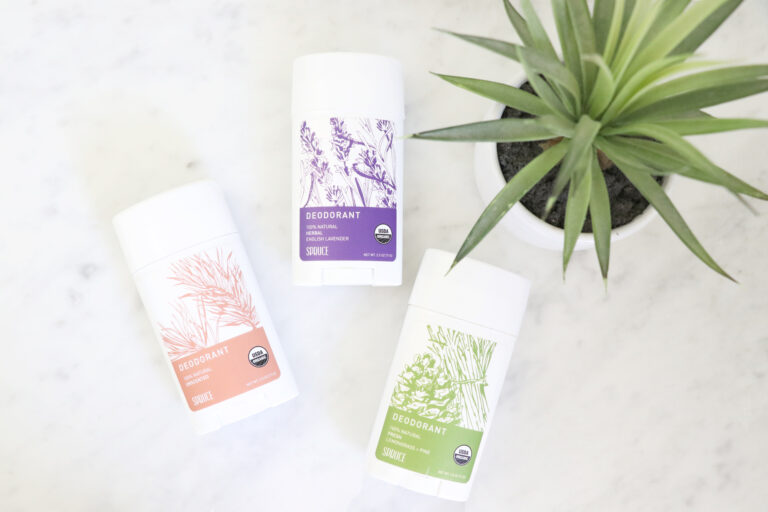The Need to Have Cleaner and Better Tasting Water Through Filters
Regular consumption of clean drinking water is one of the top priority pillars of optimal health. However, it’s harder than you might think to actually find clean drinking water. Are you aware that most tap water in the United States contains harmful substances that can adversely interfere with your body’s systems and have a negative impact on your health? Furthermore, these contaminants can also make your water taste bad, which can have the effect of reducing your desire to drink water. Not drinking enough water can lead to dehydration, which also has a highly negative effect on your well-being.
There’s a simple and affordable solution to the problem of harmful contaminants in drinking water. That solution is to filter your water using a high-quality water filter like the Big Berkey Water filters. The key is to choose a reliable filtration system that has been tested and proven to remove a high percentage of pollutants that are commonly found in drinking water. A few examples of the most common contaminants are as follows:

Pesticides and Herbicides
Farmers and home gardeners routinely use toxic pesticides and herbicides in hopes that it will help them to maximize their crop harvests. Landscapers and homeowners use herbicides to help keep weeds at bay so their lawns look more appealing. However, these chemical herbicides and pesticides can’t be counted on to stay where they’re initially sprayed. Scientists have discovered that these chemicals quickly flow into groundwater at higher concentrations than experts consider to be safe. This is particularly problematic during rainstorms.
Water filtration can empower you to avoid ingesting the vast majority of these toxic chemical herbicides and pesticides. A top-quality water filter will reliably remove most herbicides and pesticides from your drinking water.
Fluoride
According to research published in the journal Science of The Total Environment, fluoride can increase the risk of a variety of debilitating health problems including arthritis, osteoporosis and damage to muscles and bones. Yet fluoride is routinely added to drinking water in many locations throughout the United States, Canada, Australia and some other countries. Although the concentration of fluoride in drinking water is typically low, it is easy to accidentally ingest more fluoride than the levels that are considered safe. This is because drinking water is not the only possible source of fluoride; it is also present in toothpastes, black tea, some foods and some dental products.
Chlorine
Chlorine is another common additive that is present in most drinking water in the United States and the United Kingdom. Chlorine is added to the water in these locations in hopes of preventing sickness caused by waterborne pathogens; the chlorine disinfects the water by killing harmful organisms that would otherwise make people sick. However, chlorine is a poison that can cause harm. Some possible problems associated with chlorine exposure include irritation of the airways, eyes and skin, coughing and wheezing and breathing difficulties. Chlorine can safely and easily be removed from drinking water via the filtration process, preventing problems like these that result from chlorine overexposure.
Microplastics
An abundance of consumer goods, packaging and even wearable garments are made from plastic material. Small bits of these plastic items find their way into various ecosystems including oceans and lakes. They are now ubiquitous in the world’s groundwater supplies, posing health threats to all living beings on earth. Microplastics can wreak havoc on the human body’s systems, adversely interfering with digestion, respiration, reproduction, hormones and immune response.
According to research published in the journal Science of The Total Environment, bottled water isn’t an effective solution for avoiding microplastic pollution. The researchers determined that microplastics are present in greater abundance in bottled water than they are in tap water. This makes sense because bottled water is packaged in plastic, and the bottles are likely shedding plastic bits directly into the water they hold. Although filtration isn’t guaranteed to reliably remove 100% of all microplastic particles from water, it does remove a high percentage of these harmful contaminants. Therefore the obvious conclusion is that filtered water is a much safer choice than bottled water if you don’t want to ingest bits of plastic as you attempt to hydrate yourself.
Conclusion
This brief list of possible drinking water contaminants is far from being complete; these are just a few examples of the worrisome pollutants that might be lurking in your water, ruining the way it tastes and also slowly wreaking havoc on your health. Systematic water filtration is your best defense against these contaminants. If you consistently filter your water, the filter will remove a high percentage of these harmful substances, leaving you to enjoy purer, healthier, cleaner tasting water.
Disclosure: This is a guest blog post contributed by Big Berkey Water filters.





